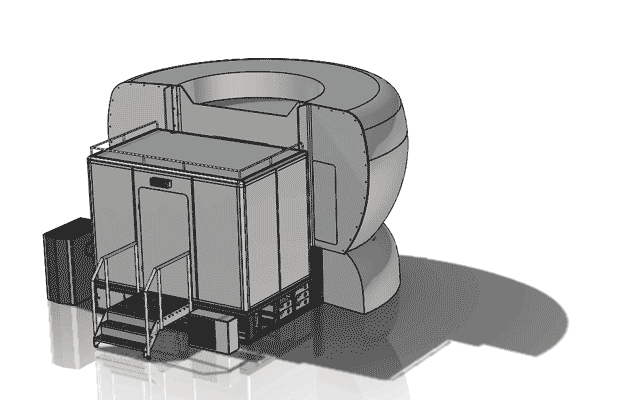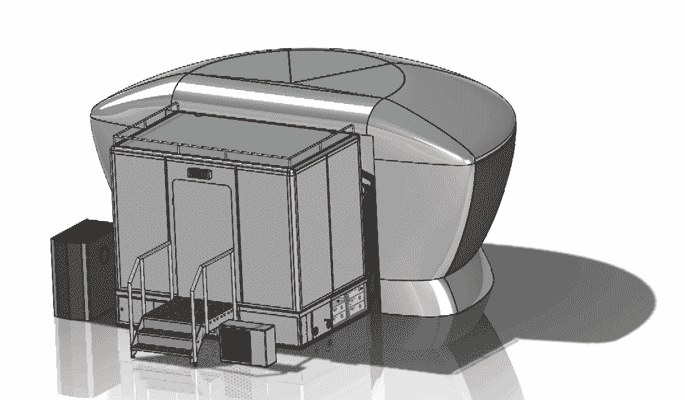I recently had the honor of speaking with Randall Brooks, VP of Training and Business Development at Aviation Performance Solutions (APS) about task to tool approach for UPRT. This discussion was part of a larger series hosted by APS, the UPRT Safety Summit for Professional Pilots Worldwide. The content in this series is incredibly valuable and addresses a wide spectrum of UPRT topics by industry-recognized experts so I encourage you to watch the 8 other sessions also at this link: 2021 UPRT Safety Summit for Professional Pilots Worldwide – YouTube
A big thanks to APS for putting this together and for allowing MPS to share with our audience! You can view my entire session below. Enjoy!
Provided by APS:
By Capt. Philip Adrian, CEO at MPS – The presentation goes into the drive of industry to wait for the perfect solution of training tools (gold-plated full-flight simulators (FFSs), aerobatic capable airplanes etc.) while, especially for the Prevention aspects of Upset Prevention and Recovery Training, there are a lot of “lower-level” tools available with which pilots can start.
Rather than waiting for perfectly simulated undesirable results during recovery we should be avoiding in the first place, we should focus on training our pilots early and with the right-sized tools, under the supervision of well-trained instructors.
With the task-to-tool approach, every task in itself can be analyzed for the correct delivery method and tool, so that training can be done with tools like iPad and general aviation aircraft, leaving the final consolidation training on the all-attitude airplane to expert training organizations like APS and performing only the complex recovery exercises on the upgraded FFS devices. Perfect can be the enemy of “good enough”.
Video Chapters
00:45 – Introduction
02:34 – Current UPRT Platform Realities
03:36 – What Do We Need for UPRT?
07:00 – What Are Our Future Needs for UPRT?
10:18 – UPRT Regulatory Activity and Intent
12:32 – Conclusion
14:48 – Comments and Discussion


